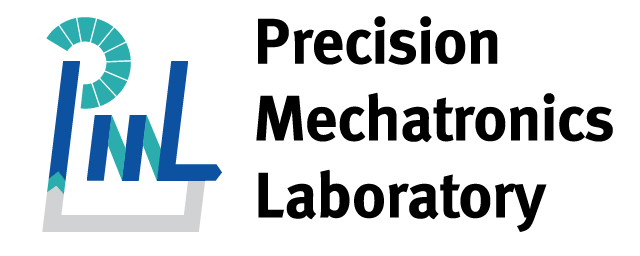Active damping of non-linear structures
At present, aerospace, automotive and mechanical industries are under increasing pressures to increase the performance of their products while reducing the time required to enter the market.
Moreover, given the constant need to reduce their environmental footprint, the structures are lightening day by day. For example, the European Flight path 2050 Europe’s Vision for Aviation plan stresses the need for aviation Central role in the reduction of greenhouse gases. This document recommends that by 2050 there should be a 75% reduction in CO2 emissions and a 90% reduction in NOX emissions compared with the situation in the early 2000s.
However, vibrations within the newly developed light structures are often badly damped and may easily show up as a major factor in limiting their performance. For example, the aeroelastic flutter of the wings or in aircraft engines, unbalances in rotating machines, vibrations of machining in turning and milling can, in general, have a devastating effect on the host structures. Due to the fact that damping is relatively hard to control by passive means in the design phase, damping is usually realised in an ad hoc fashion instead.
Within the MAVERIC project, two complementary approaches will be investigated to damp the structural vibrations. The first approach is based on passive damping. The main advantages of this approach are twofold: its robustness (no possible amplification of the vibrations) and its energy independence (no external source of energy). However, most of the passive damping methodologies available in the literature are based on a linearity hypothesis which restricts very strongly the bandwidth of the absorbers. The second approach is based on active damping strategies using additional actuators and sensors. This solution results in much higher performance, but the stability is not guaranteed. At PML, the following topics are currently studied:
- Development of unconditionally stable controllers for implementing active damping to non-linear structures
- Development of hybrid active/passive dampers for the sake of failsafe and reduction of power consumption
Here is the virtual presentation of our researcher Ahmad Paknejad at the ISMA-USD 2020 conference showcasing his work on the subject.



